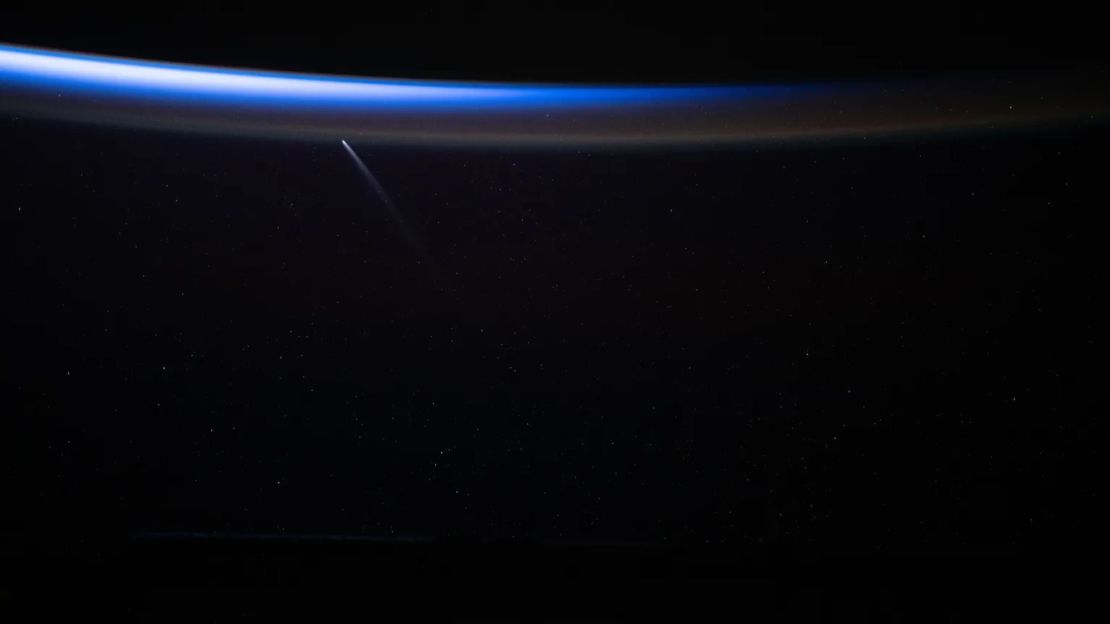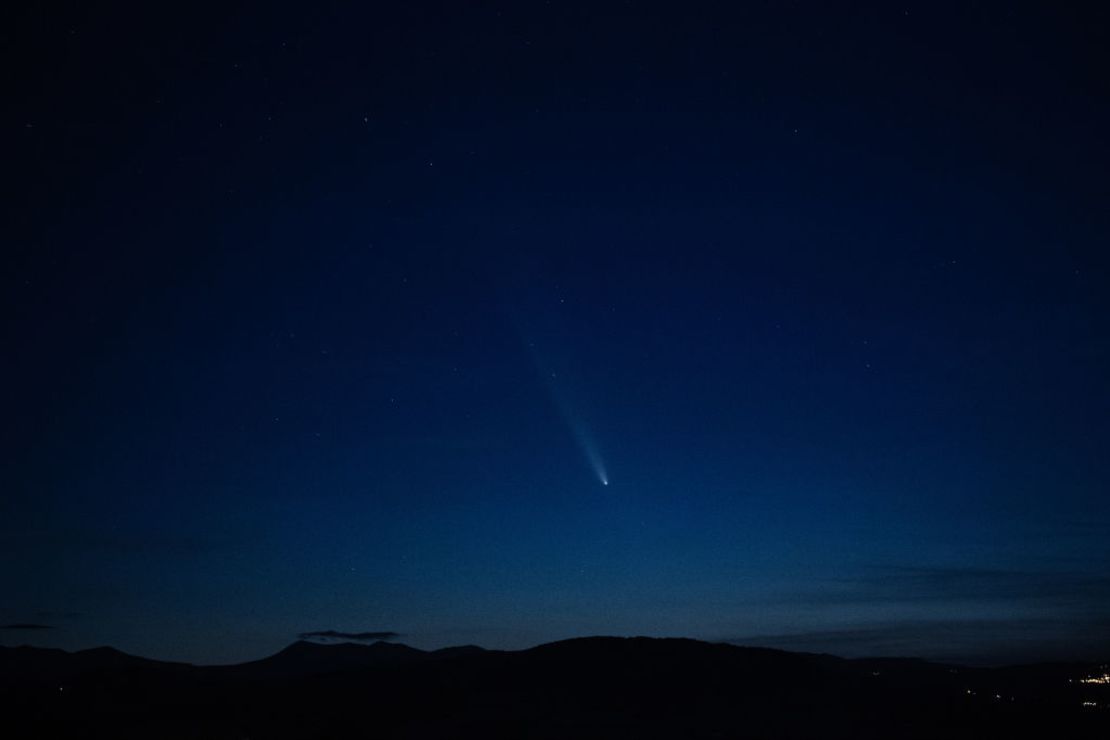(CNN Español) – Comet C/2023 A3 Tsuchinshan-ATLAS is showing up in the October sky, and astronomers in the Northern Hemisphere won’t want to miss it, as it’s something that won’t happen again for 80,000 years.
The comet was recently discovered: in 2023, observers from the Tsuchinshan Observatory in China and the Asteroid Terrestrial Impact Latest Alert System (ATLAS) telescope in South Africa discovered it, and it was named Tsuchinshan-ATLAS by NASA because of these organizations.
The orbit of this celestial body is estimated to be 80,000 years, so it would have been last seen from Earth during the time of the Neanderthals.
C/2023 A3 Tsuchinshan-ATLAS will take another 80,000 years to return so don’t miss this time.

On September 27 the comet successfully reached perihelion – the closest point to the Sun on its orbital path around the star.
Due to the above, the comet was already observed in the southern hemisphere of our planet between mid-September and the first days of October.
After those dates, C/2023 A3 Tsuchinshan-ATLAS continued on its way out of the inner Solar System. This means that people living in the Southern Hemisphere will no longer be able to see this comet, while it is now the turn of those living in the Northern Hemisphere to see it.
On Wednesday, October 9, it reached its brightest point – sunlight reflecting off its gas and remnants – making it hard to notice.
Hence, the Mount Diablo Astronomical Society Indian The viewing window for people in the Northern Hemisphere begins on October 10 and runs through Thursday, October 24.

So, in short: If you’re in Earth’s northern hemisphere, you’ll have until October 24 to see this comet, which visits us every 80,000 years.
Due to its recent discovery in 2023, the observation of Comet Tsuchinshan-ATLAS gets even better as this is the first time that humanity will officially record its passage.
The closest point to Earth was on Saturday, October 12, when it passed nearly 71 million kilometers from our planet, so that day is the best time to see it. But don’t worry, you still have time to take care of it.
Special website Earthsky He says that the comet will appear on the western horizon; That is, in the direction of the setting sun. Every night until October 24, turn in that direction one hour after sunset.
Remember one important factor: the October full moon that reaches its maximum brightness on October 17th will be a supermoon, meaning it will be closest to Earth and will be large. What does it affect? The sheer brightness of the full moon makes it difficult to see any other celestial object.
But if you’re lucky these days, you might even be able to see comet C/2023 A3 Tsuchinshan-ATLAS with two tails. Earthsky indicates Until October 15, you can see the double tail, also known as the “antitail,” which occurs when Earth crosses the comet’s orbital plane.
If you have binoculars or a small telescope, the NASA dice The best time to see the comet in the Northern Hemisphere’s night sky is between October 14 and 24.





